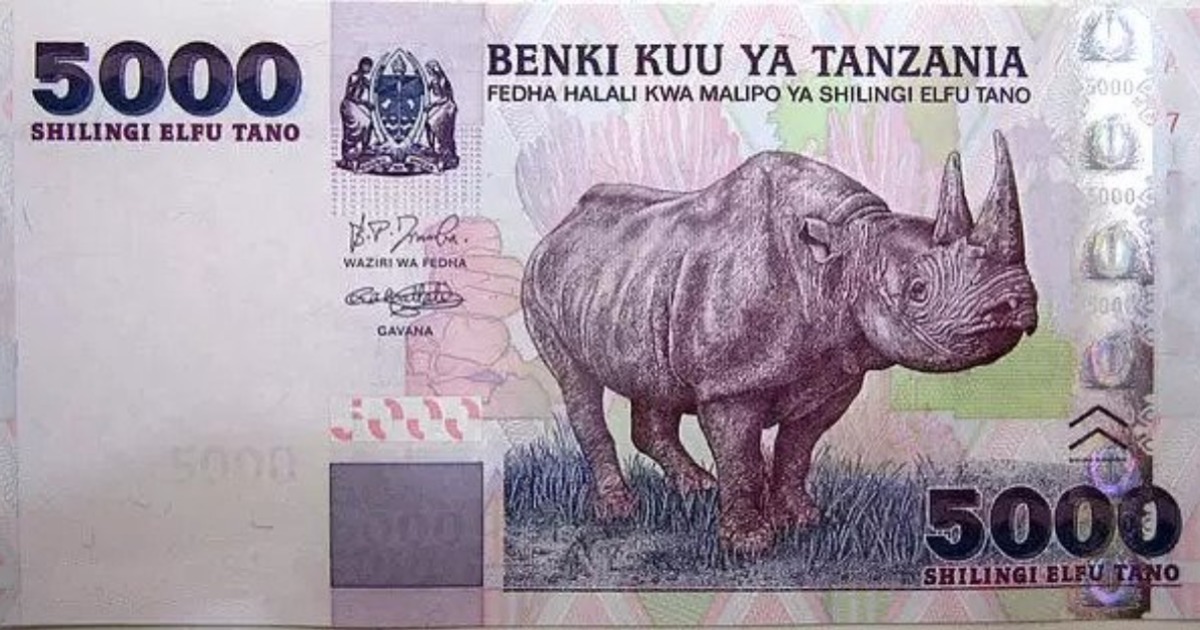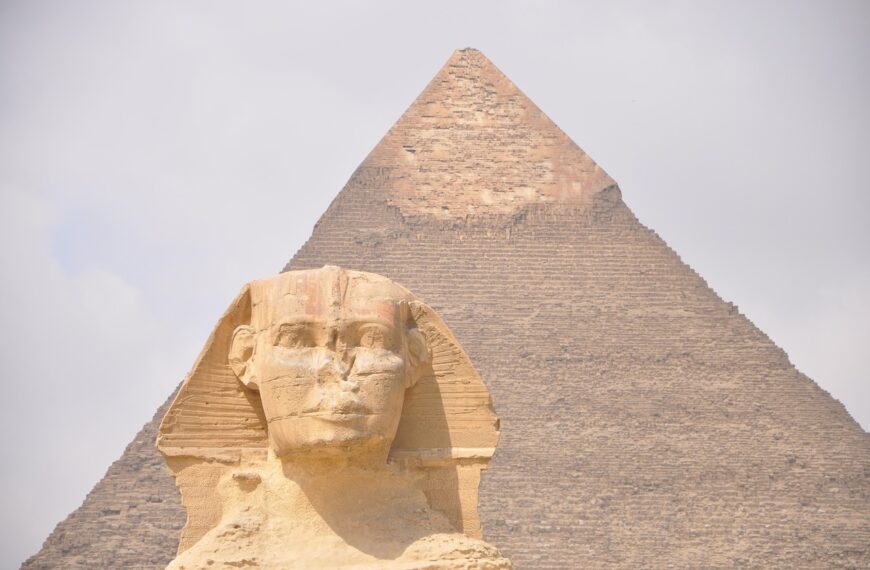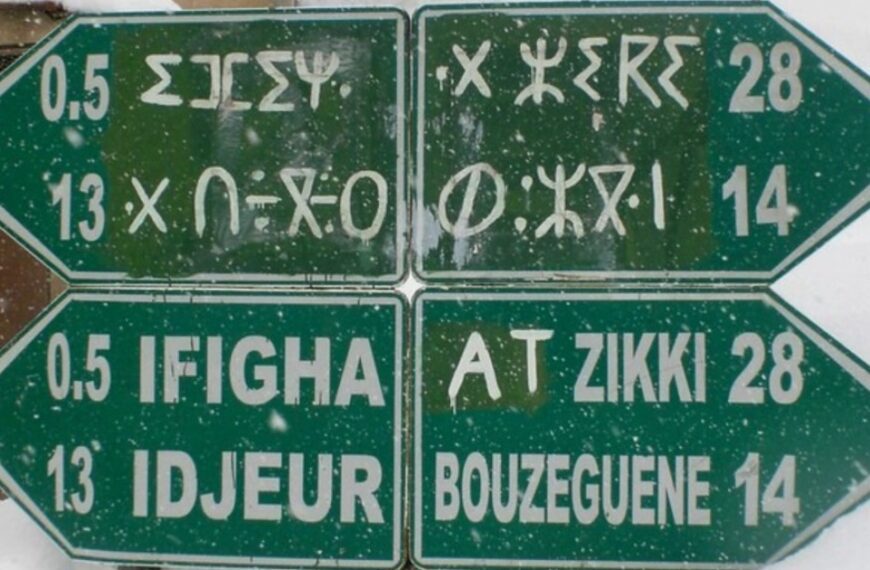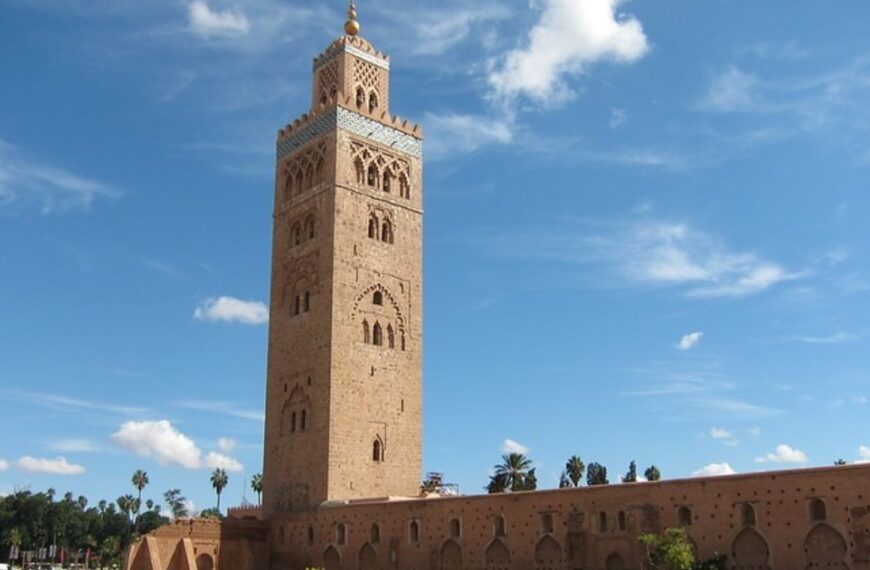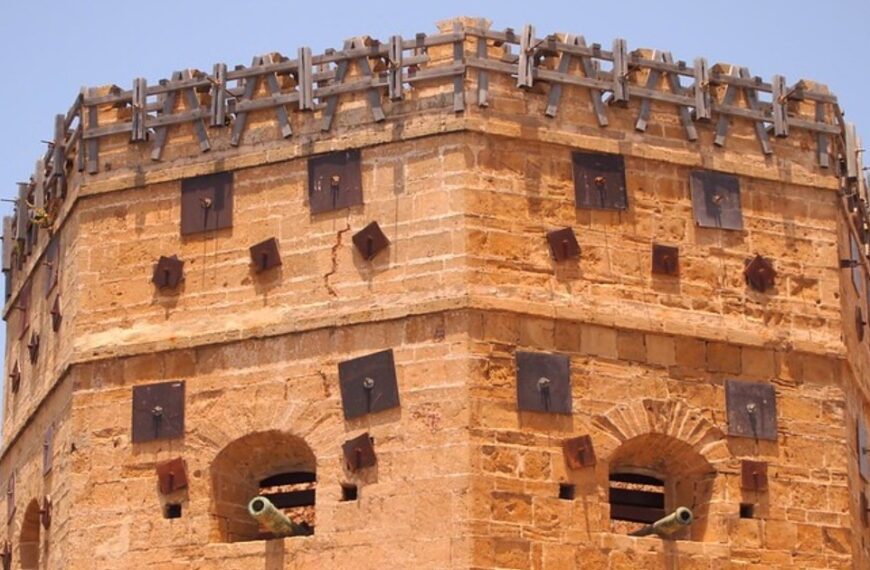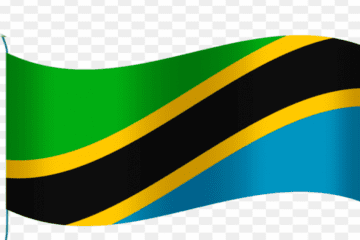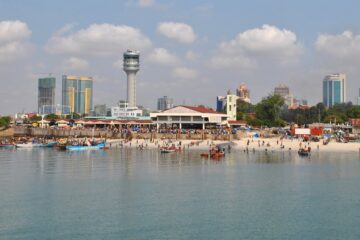Tanzania is a magnificent country to visit or live, known for the Serengeti National Park, Mount Kilimanjaro, and a unique combination of cultures. Tanzania, or more formally, the United Republic of Tanzania, utilizes the shilling of Tanzania as its currency. Knowing more about Tanzanian currency provides fascinating insights into the history and culture of this East African nation. It’s also quite beneficial for going to Tanzania or transferring money there from overseas.
The Tanzanian shilling, abbreviated as TZS, is issued by the Central Bank of Tanzania, also known as the Benki Kuu Ya Tanzania in Swahili.
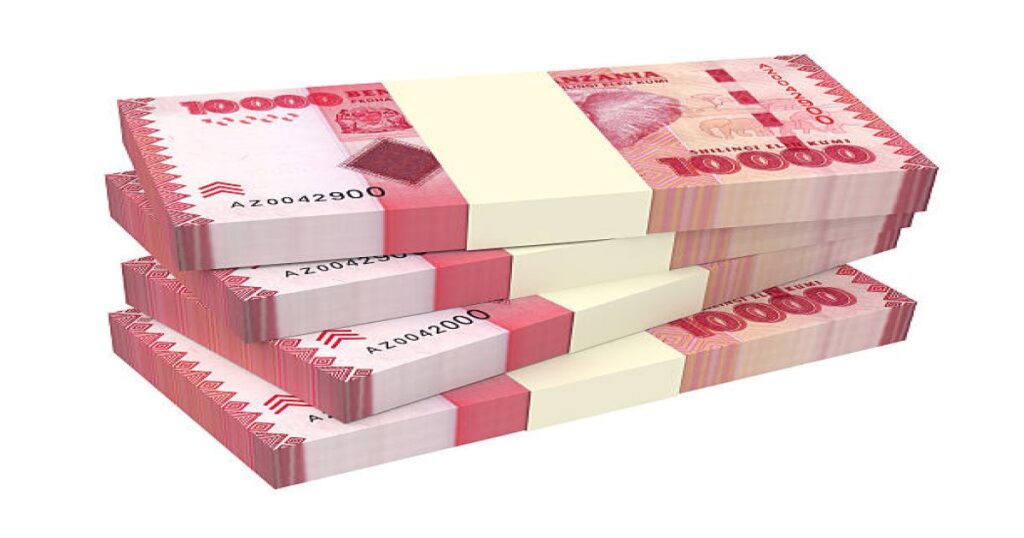
Tanzanian shilling banknotes and coins are available in the following denominations:
Coins:
50
100
200
500
Paper currency:
500
1,000
2,000
5,000
10,000
The Tanzanian Shilling’s History
Tanzania’s shilling is a relatively new currency. After Tanganyika and Zanzibar merged in 1966, it replaced the East African shilling. Their merger occurred when both regions obtained independence from Britain, resulting in the Tanzania we know today. The first Tanzanian coins were issued in the same year and featured Julius Kambarage Nyerere, the newly founded nation’s first president.
Prior to 1966, the following currencies were previously used in Tanzania:
- The ryal of Zanzibar (used until 1908)
- East African rupiah (used from 1906 until 1921)
- East African florins (used only in 1921)
- The Tanzanian rupee (used from 1908 until 1936)
- The shilling of East Africa (used from 1921 until 1966)

5 Important Tanzanian Currency Facts
Tanzania’s economy, culture, and history may all be better understood if one takes the time to familiarize oneself with the shilling.
1. Calculating TZS Amounts:
When compared to other countries’ currency denominations, the Tanzanian shilling is written differently. TZS quantities are written in the following format: x/y. The x denotes the amount of shillings, whereas the y denotes the number of senti.
For example, if you wanted to represent 50 TZS and 40 senti, you would write it down as 50/40.
2. Illustrations of the Tanzanian Shilling:
Tanzanian shillings are vibrantly colored and symbolize their nation.
The lesser currency denominations depict historical political figures, while the greater amounts depict Tanzanian animals.
- Abeid Amani Karume – 500 TZS
- Julius Kambarage Nyerere – 1000 TZS
- A lion costs 2,000 TZS.
- A rhinoceros costs 5,000 TZS.
- An elephant costs 10,000 TZS.
The banknotes detailed above are from the most recent series, which debuted in 2011.
3. Coin Distinctions:
Another intriguing factor to consider is the range of materials used to make the coins:
- The 5 Senti coin is made of bronze.
- 20 Senti is made of nickel brass.
- Cupro-nickel coins are in half-shilling and one-shilling denominations.
All of them are considered non-precious metals. Tanzania does manufacture gold and silver commemorative coins, despite the fact that they are the norm.
4. Shilling alternatives in Tanzania:
The Tanzanian shilling is the official currency of Tanzania. Other currencies, however, are commonly accepted. The euro and the US dollar are among these currencies. Many visitors from the United States and Europe do not need to convert their money, which may be a costly and time-consuming operation.
Credit cards are commonly accepted in Tanzania, although only Visa and MasterCard are accepted. When visiting Tanzania, you will have access to 24 hour ATMs, although they may be out of money or out of operation. Outside of big towns or tourist destinations, carrying cash is the most convenient approach to assure payment.
5. Depreciation of the:
At the time of writing, the Tanzanian shilling is falling in value. Currency depreciation refers to money losing its worth. The TZS is a floating currency, which means that its value fluctuates according to supply, market, and demand.
The Tanzanian shilling is falling in value as international commodity prices for Tanzanian agricultural commodities fall.
Also read: Tanzania flag: Meaning and map.

Learn How to Trade Currency in Tanzania
The Tanzania Revenue Authority publishes the latest currency rates for Tanzania.

